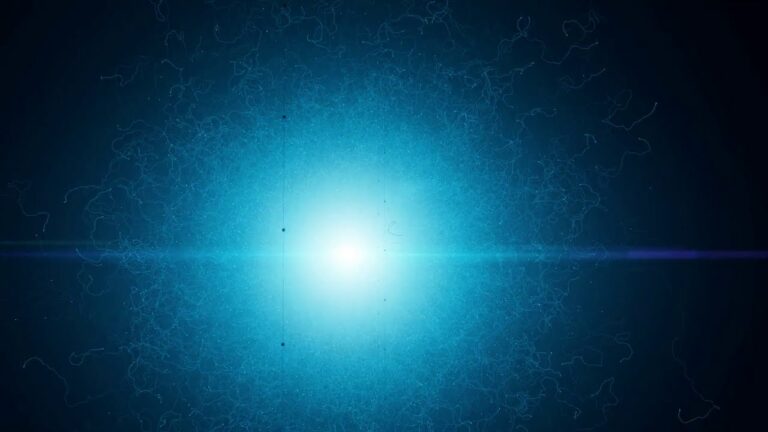High-energy ‘ghost particles’ detected in Milky Way by IceCube Neutrino Observatory
IceCube is a neutrino observatory located at the South Pole. It is a large-scale particle detector designed to study high-energy neutrinos, which are fundamental particles with very little mass and no electric charge. IceCube is situated deep in the ice below the surface of the Antarctic ice sheet.
Here’s how IceCube works:
- Neutrino Interactions: IceCube detects neutrinos by observing their interactions with the ice surrounding the detector. Neutrinos have a weak interaction with matter, so they can pass through vast distances without being significantly affected.
- Cherenkov Radiation: When a neutrino interacts with the ice inside IceCube, it produces secondary particles, such as muons or electrons, which travel through the ice at nearly the speed of light. These high-energy particles emit a faint blue light called Cherenkov radiation, which can be detected by IceCube.
- Optical Sensors: IceCube consists of an array of optical sensors called Digital Optical Modules (DOMs). These sensors are deployed deep in the ice, spaced roughly 1.5 kilometers apart. Each DOM contains a photosensor that can detect the faint Cherenkov light.
- Data Collection: When a DOM detects a light signal, it records the time and the intensity of the light. By analyzing the timing and patterns of these light signals, scientists can reconstruct the direction and energy of the original neutrino.
- Neutrino Research: IceCube is primarily focused on studying high-energy neutrinos from astrophysical sources, such as supernovae, gamma-ray bursts, and active galactic nuclei. These neutrinos can provide valuable information about cosmic processes and the universe’s most energetic phenomena.
IceCube has made several important discoveries since its completion in 2010. It has detected high-energy neutrinos from various sources, including the first evidence of extraterrestrial neutrinos in 2013. IceCube’s observations contribute to the fields of astrophysics, particle physics, and cosmology, helping scientists better understand the properties and behavior of neutrinos and the universe as a whole.
The IceCube Neutrino Observatory has detected a “high-energy neutrino emission from within the Milky Way,” according to AAAS.
Do not forget to share your opinion with us to provide you with the best posts !




0 Comments